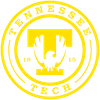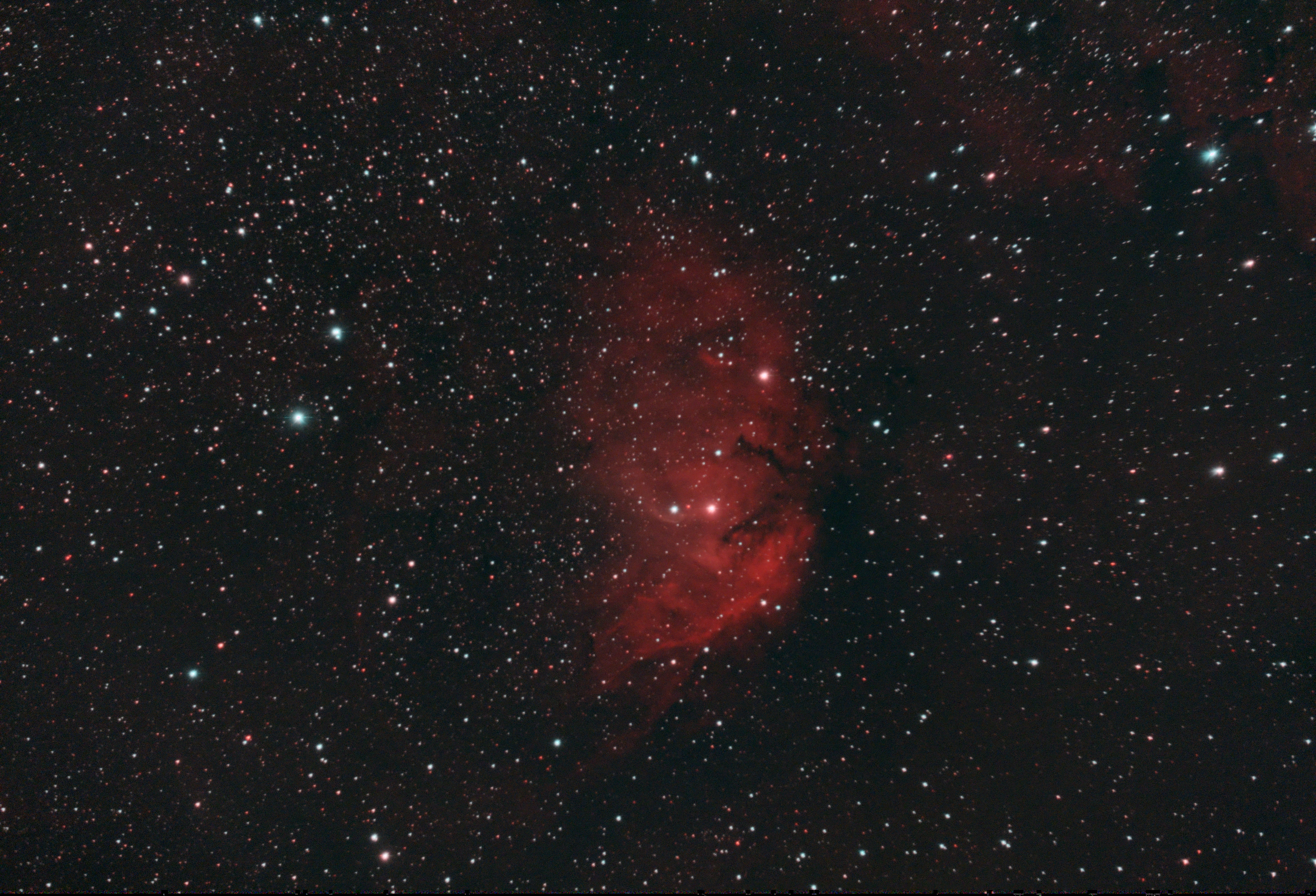Details
To take the image, we used a Celestron C8 telescope with a f/6.3 flattener. A dual band filter which lets in hydrogen alpha and oxygen III wavelengths was also used. This helps there to be less background noise. A guide camera was used to track the nebula across the sky during the long-exposure images. Due to a meridian flip part way through the imaging which caused some images to not be viable, we ended up with 41 images with 180 second exposures.
The image pre-processing was done in SiriL. I stacked flats, darks, and dark-flats to remove thermal readout noise and hot pixels. I then performed a background extraction and color calibration. The final stretch was done using both asinh transformation and histogram stretch to bring out the final image.

